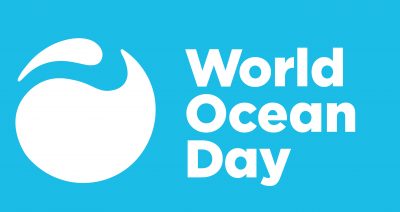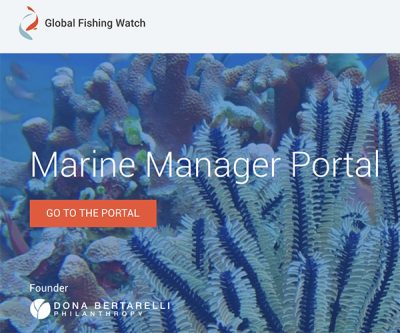How can we do this? By creating marine protected areas (MPA) across the globe that don’t permit destructive activities like fishing or mining.
We asked ocean researchers from the IOF to envision how this target might be achieved, how the world might look different if it were achieved and how their work might change if 30 per cent of the world’s oceans were protected.
Dr. Gabriel Reygondeau
 Dr. Gabriel Reygondeau, a research associate in the Changing Oceans Research Unit in the IOF, has been pondering where to put MPAs for a long time.
Dr. Gabriel Reygondeau, a research associate in the Changing Oceans Research Unit in the IOF, has been pondering where to put MPAs for a long time.
Much MPA planning has focused on getting a percentage of every country’s exclusive economic zone (EEZ) covered by MPAs – including the 30×30 plan– but there may be a more efficient way to support biodiversity, one that also takes less from the global economy.
Asking countries to carry an equal share of the load may be tidy from a legislative perspective, but it doesn’t do much for biodiversity. The 30 per cent should target the places that give us the most bang for our biodiversity buck.
“Protecting 10 per cent of the ocean in each country doesn’t make any sense,” he said. “There are countries in the tropics that need more than 10 per cent, and there are countries where you only need 0.1 per cent of your EEZ.”
Asking countries to carry an equal share of the load may be tidy from a legislative perspective, but it doesn’t do much for biodiversity, according to Reygondeau. The 30 per cent should target the places that give us the most bang for our biodiversity buck.
One political hurdle we must overcome, according to Reygondeau, is allowing MPAs in the high seas.
“The first barrier is that the high seas are not owned by anyone; therefore, they are owned by everyone. The second barrier is that implementing an international convention of the high seas could jeopardize commercial interests,” he said.
“Fishing is one of the small benefits of the high seas, but there is a myriad of other benefits such as minerals and DNA sequences.”
A second issue is getting MPAs in the places that they’re most needed.
“If you want to protect biodiversity then you need to prioritize the coasts of countries in the tropics. But most of these countries cannot afford the implementation of an MPA or the cost of losing their fisheries activity benefit,” he said. “It is easier for northern, developed countries to implement conservation strategies, but the largest number of vulnerable species are localized in areas where funding for protection isn’t sufficient.”
Reygondeau detailed one possible solution to this problem: creating more international funds, based on international treaties, that could help cover the implementation of the MPAs and make up for the associated economic loss. However, the solution comes with the caveats that wealthier countries must provide a share of the funds that is proportional to their wealth, and there must be a strong political will to create MPAs in developing countries.
 He also pointed to the benefits of new tools such as the Global Fishing Watch Marine Manager, which collects human-use, biological, oceanographic, and maritime zoning data to help guide the design and management of MPAS.
He also pointed to the benefits of new tools such as the Global Fishing Watch Marine Manager, which collects human-use, biological, oceanographic, and maritime zoning data to help guide the design and management of MPAS.
Regardless, for Reygondeau, the first steps we can take towards getting more of Earth’s oceans protected are clear:
“The first thing we need to resolve is how to make it easier for countries to implement MPAs,” he said. “Second is having an international fund to help countries that don’t have the resources to create MPAs to do it, and third is creating an international agreement for the high seas.”
By Riley Tjosvold
Tags: biodiversity, conservation, CORU, fisheries economics, Gabriel Reygondeau, international trade, Marine protected areas, overfishing, World Ocean Day